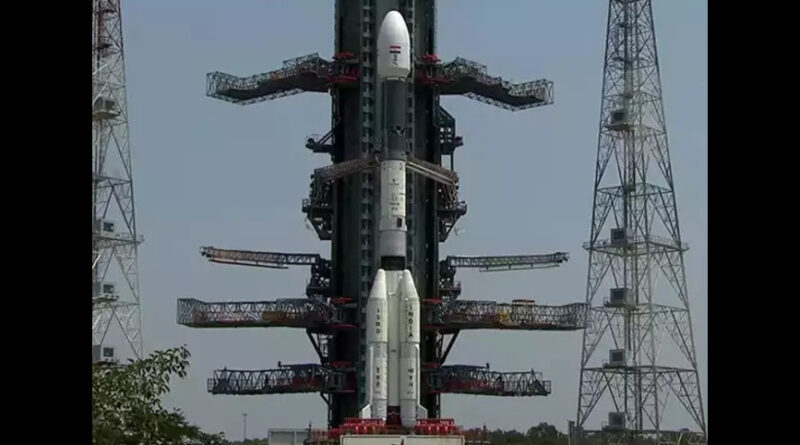ISRO launches the NVS-01 navigational satellite on GSLV-F12.
The first second-generation satellite planned for use with the Navigate using Indian Constellation (NavIC) services is NVS-01.
Onboard the Geosynchronous Launch Vehicle, also known as the GSLV Mk-II, the Indian Space Research Organisation (ISRO) successfully launched the navigation satellite NVS-01 from Sriharikota in Andhra Pradesh on Monday.
The NVS-01 satellite was accurately injected into a geosynchronous transferring orbit after a flight of around 19 minutes, according to a statement released by ISRO at 11.05am on Monday following the launch.
NVS-01 will be sent into the geosynchronous orbit by further orbit-raising procedures, it stated.
The second-generation satellites planned for the Navigating with Indian Constellation (NavIC) services begin with NVS-01.
The next-generation NavIC satellite will be carried by the GSLV launch vehicle on this return flight mission. The IRNSS-1G satellite, which was launched in 2016, will be replaced by this one, according to a senior ISRO official.
Of the seven navigation satellites that make up the IRNSS space segment, IRNSS-1G was the seventh. In July 2013, April 2014, October 2014, March 2015, January 2016 and March 2016 sequentially, PSLV-C22, PSLV-C24, PSLV-C26, PSLV-C27, PSLV-C31 and PSLV-C32 launched IRNSS-1A, 1B, C, D, E, and 1F.
The Indian Space Research Organisation (ISRO) has built a regional navigation satellite system called Navigation with Indian Constellation (NavIC), formerly known as the Indian Regional Navigation Satellite System (IRNSS), to address the positioning, navigation, and timing needs of the country




